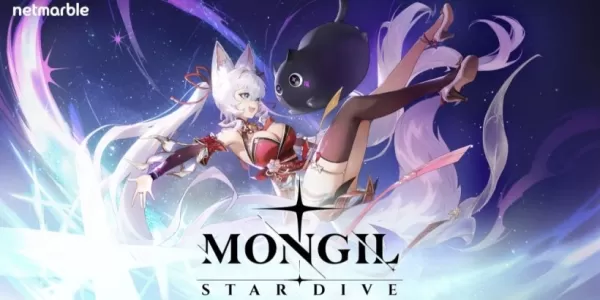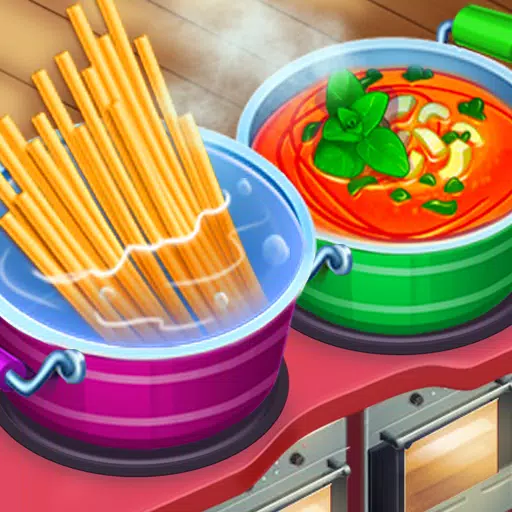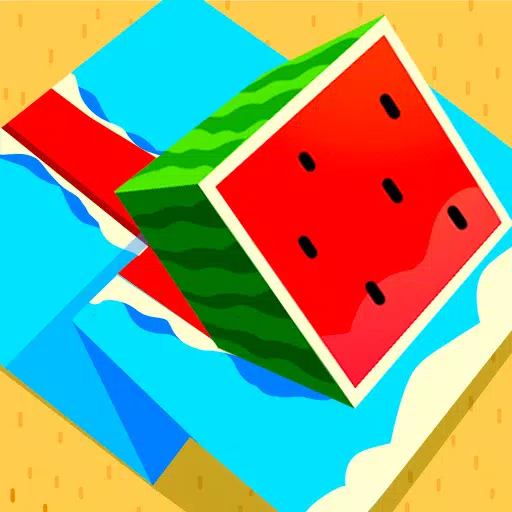Players eagerly anticipate each new release of Monster Hunter, curious about how their preferred weapon will feel in the upcoming game. With 14 distinct weapon types, each showcases unique characteristics while adapting to the innovative design of each new title. Monster Hunter: World introduced seamless transitions between areas, and Monster Hunter Rise brought the exciting Wirebug mechanic. In Monster Hunter Wilds, which aims to deliver a fluid hunting experience, the weapons are tuned to align with the game's vision. To delve into these weapon details that shape gameplay, we spoke with Monster Hunter Wilds' art director and executive director, Kaname Fujioka, and Wilds director, Yuya Tokuda. Fujioka, who directed the original Monster Hunter, and Tokuda, who has contributed to the series since Monster Hunter Freedom, provided insightful perspectives on the weapon adjustments for Wilds.
IGN First Monster Hunter Wilds Oilwell Basin Artwork
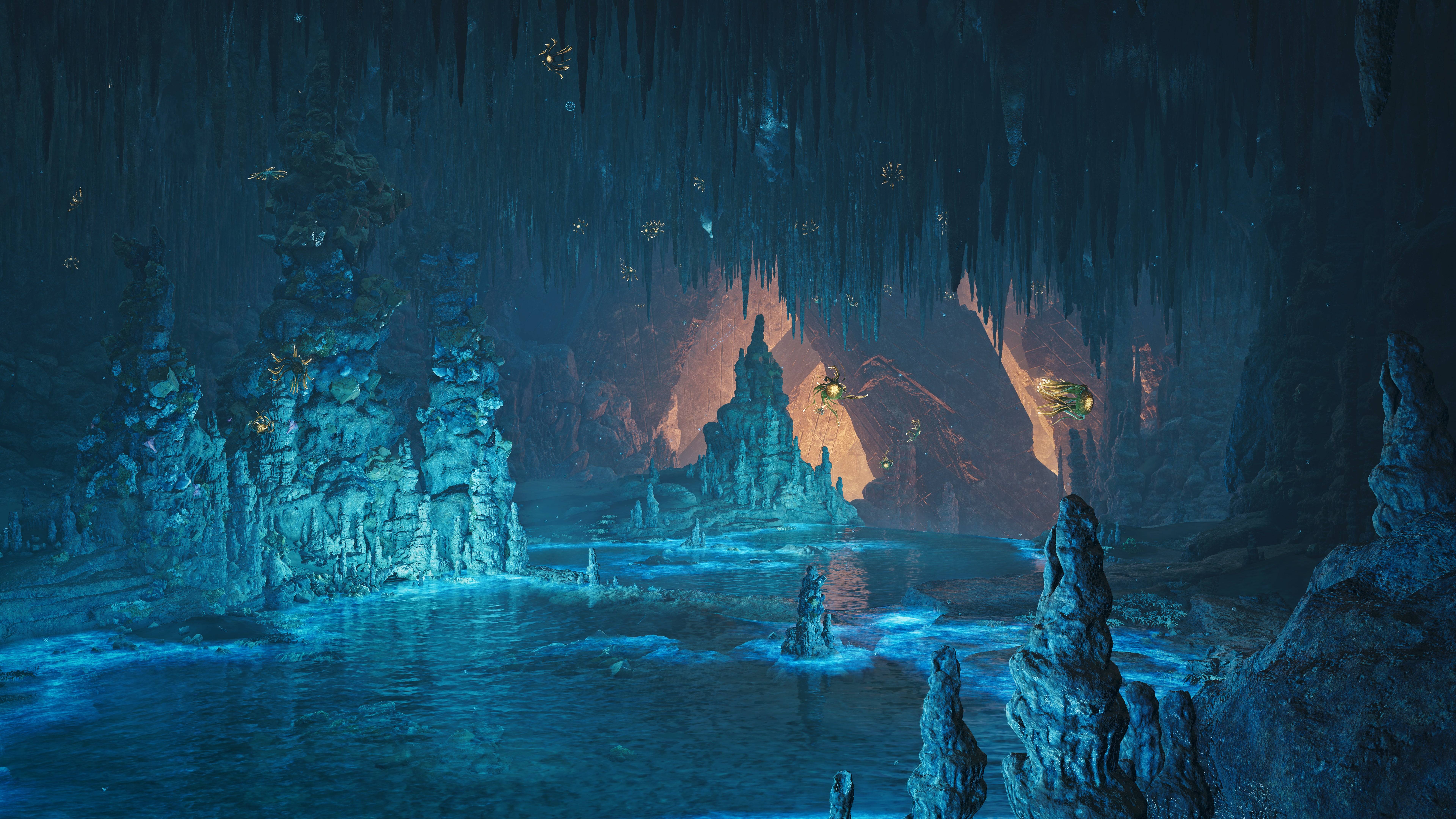
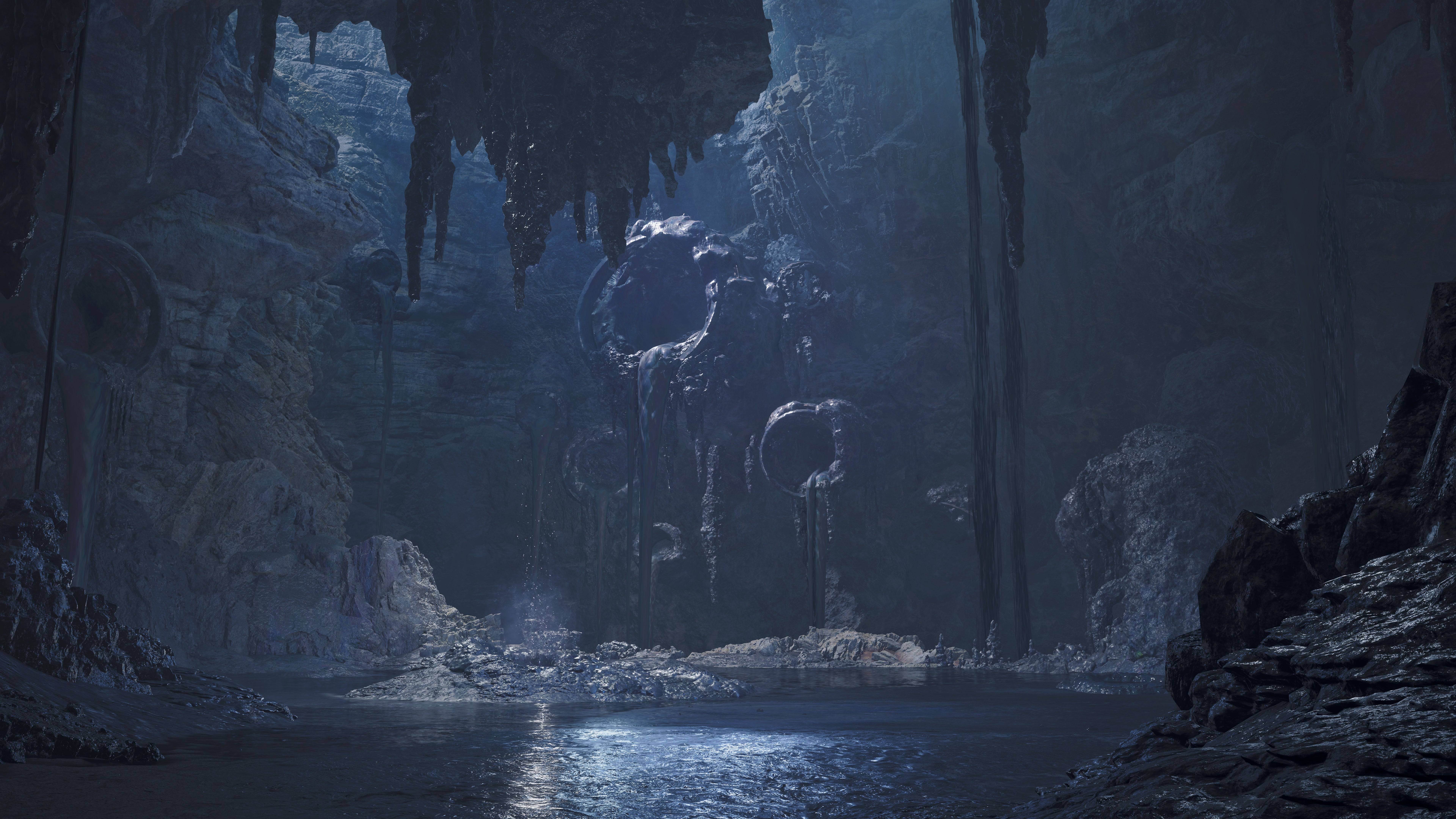 6 Images
6 Images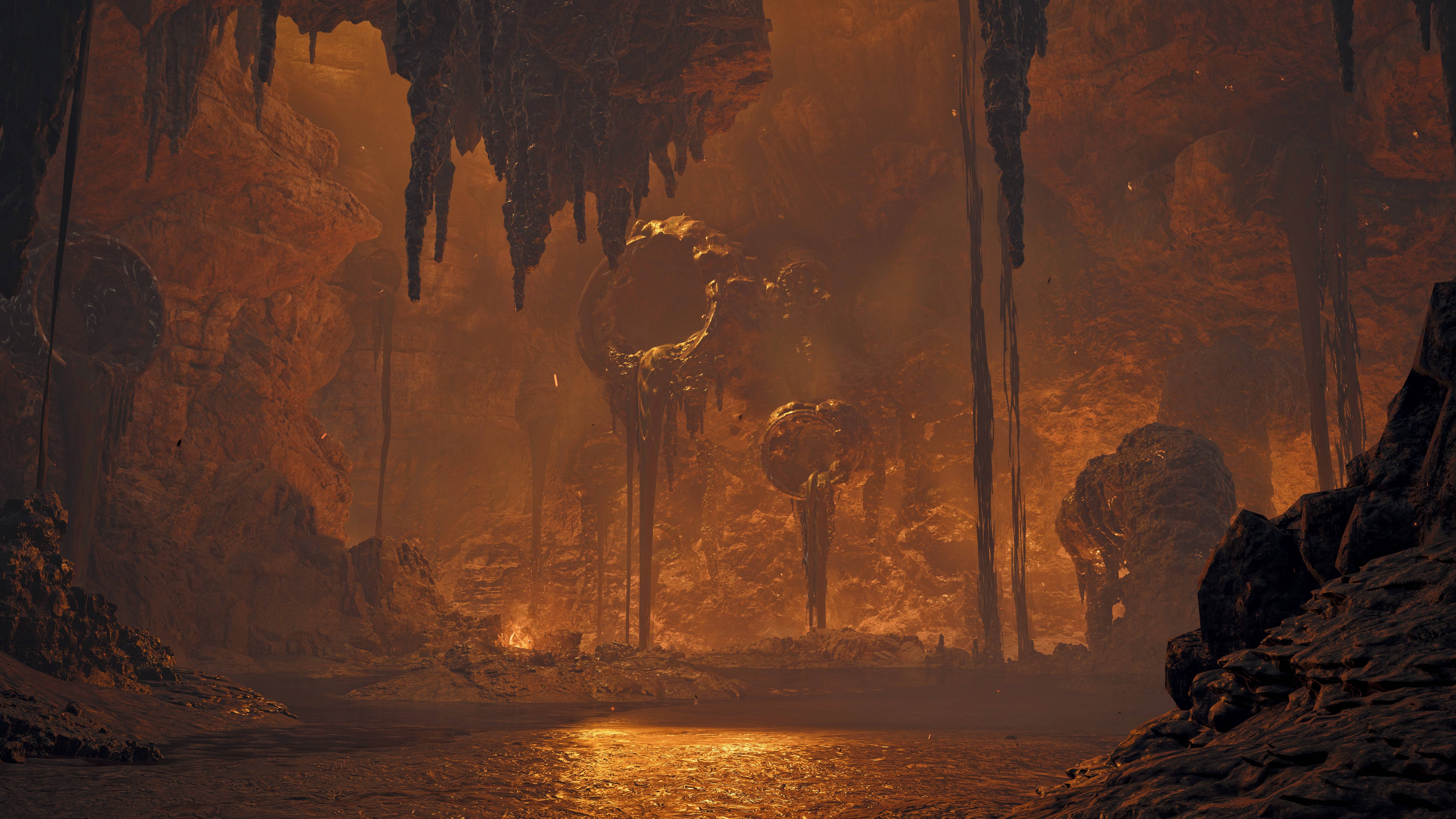
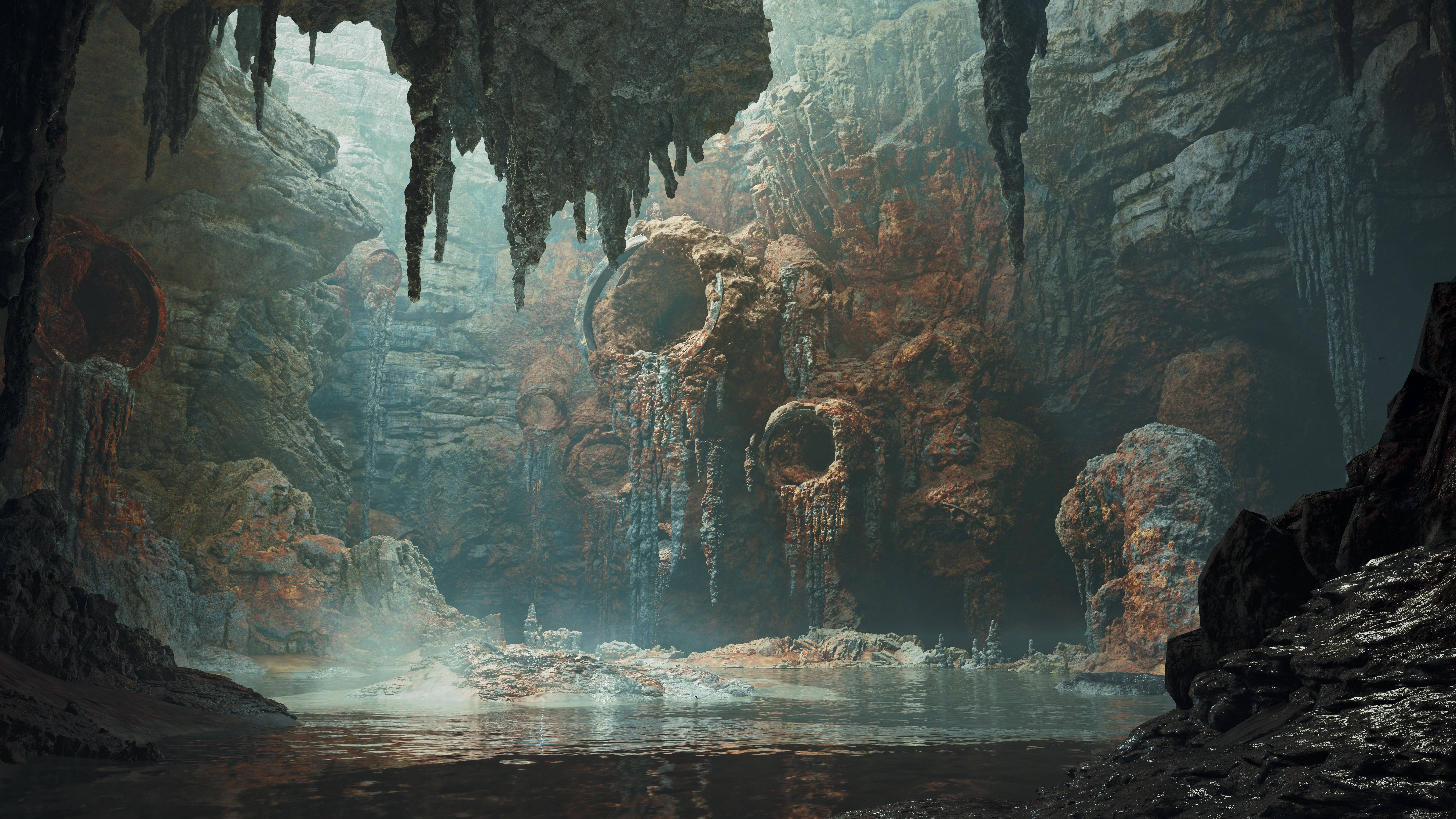
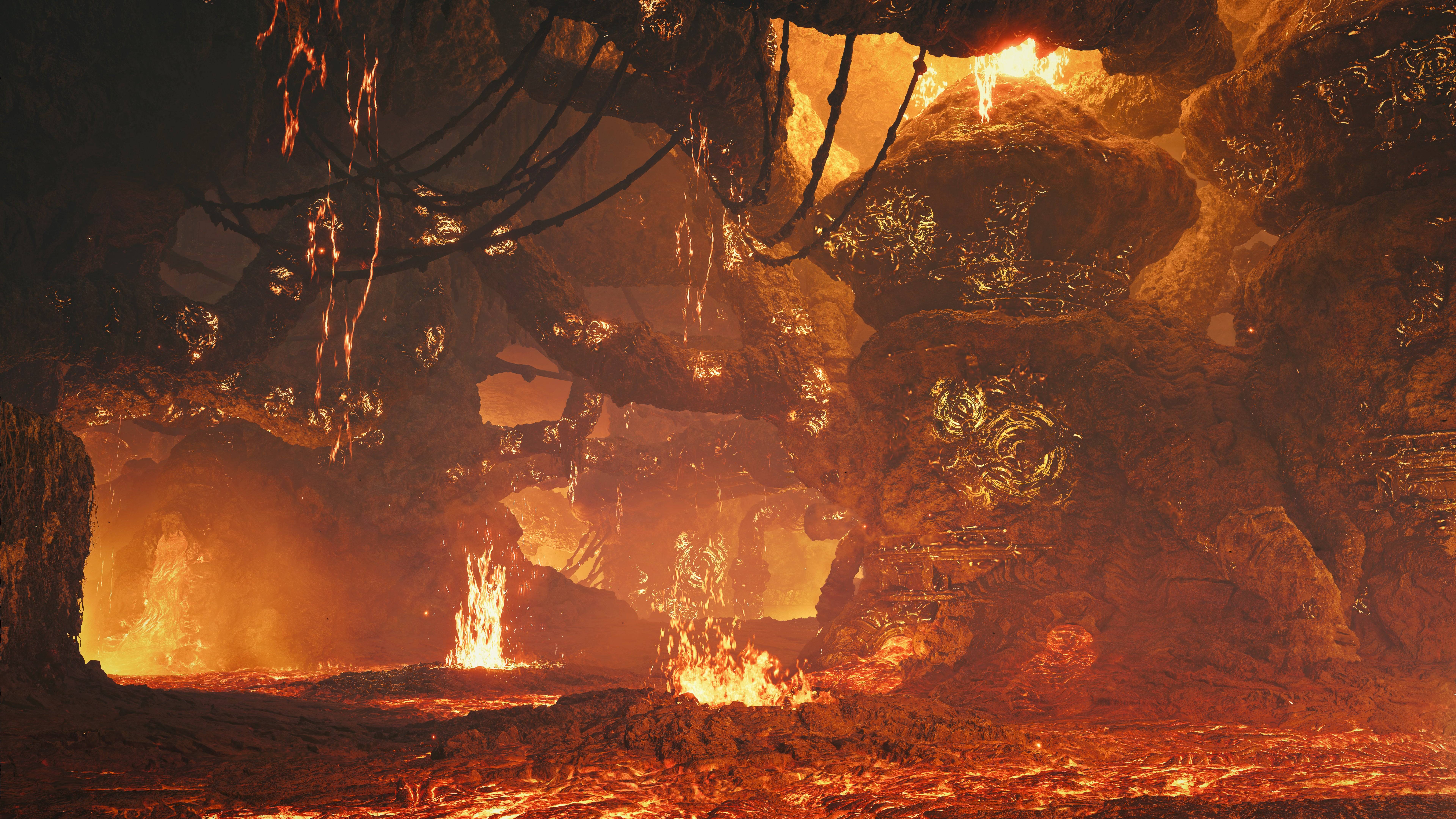
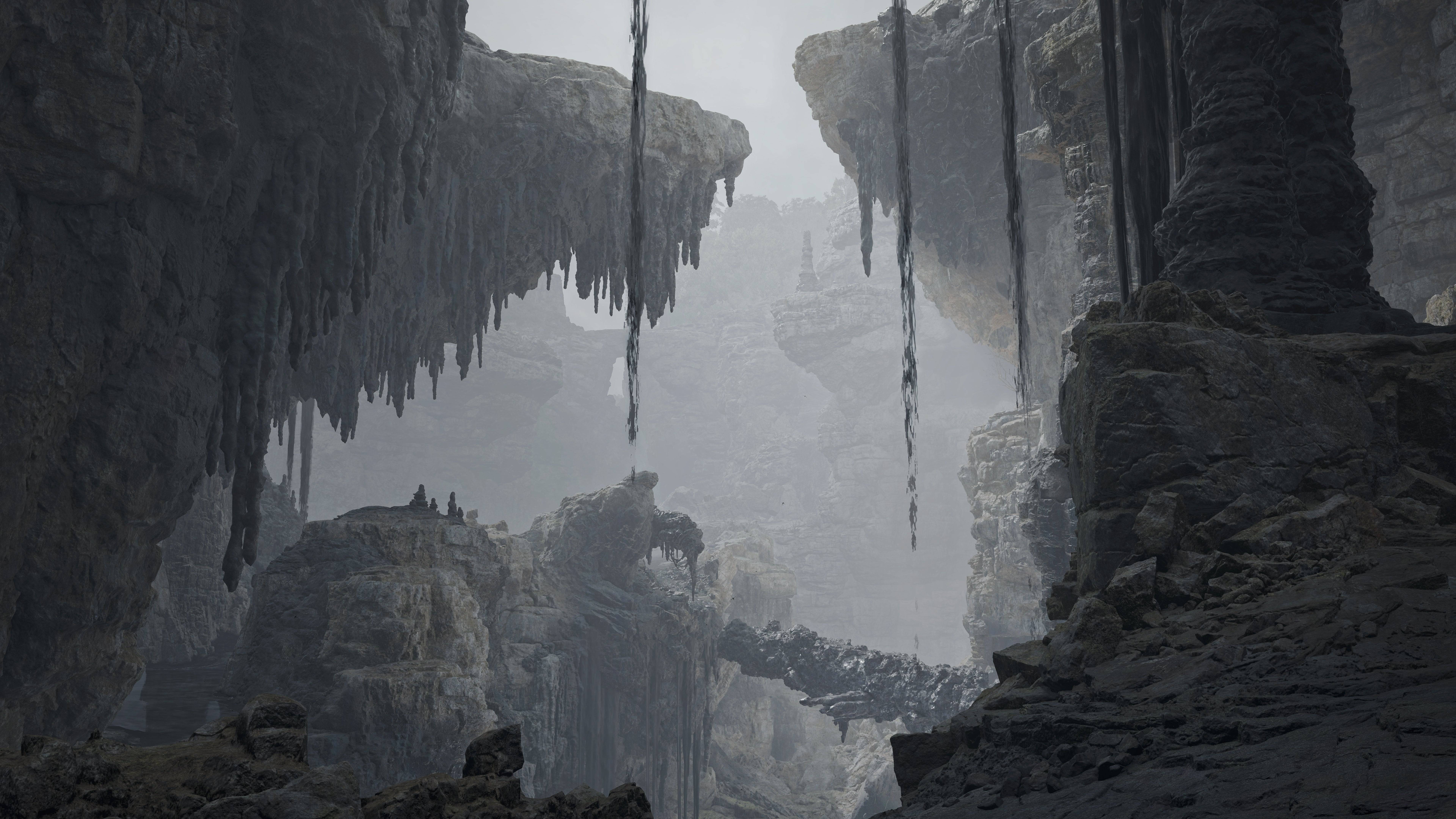 In our interview, we gained valuable insights into the concept and development process of various weapons, highlighting adjustments made post the November 2024 Open Beta Test feedback.
In our interview, we gained valuable insights into the concept and development process of various weapons, highlighting adjustments made post the November 2024 Open Beta Test feedback.
Adjustments for a Seamless World
Tokuda explained that significant alterations were necessary for several weapons due to changes in the gameplay loop, influenced by Wilds' seamless map and dynamic weather conditions. "There are substantial changes to the Light and Heavy Bowgun, as well as the Bow," he noted.
In previous Monster Hunter games, players returned to base to replenish resources after each quest. Wilds, however, seeks to provide uninterrupted gameplay, eliminating the need for such breaks. Historically, ranged weapons like Bowguns and Bows use consumable ammo and coatings, which could become cumbersome without designated restocking periods.
"That's why we designed it so that basic damage sources can be used without expending resources," Tokuda elaborated. "We balanced it around the idea that normal, pierce, and spread ammo for Bowguns and coatings for Bows can fire unlimited times while managing a gauge. Yet, players can still utilize prepared or field-found materials to create powerful attribute-enhanced ammo."
Each weapon underwent modifications to align with Wilds' new elements and overarching concept, with ranged weapons seeing the most significant changes. Fujioka emphasized that these adjustments extend beyond mechanics into visual and design aspects.
"We wanted to vividly depict the charging of a Bowgun for a special shot," Fujioka said. "Shots that cancel a monster's attack look convincingly effective. Since the last game, we've focused on making player actions visually clear and impactful."
Advancements in technology have facilitated these animation enhancements. Players can now fluidly switch between weapons, and the transitionary animations have been refined, influencing gameplay possibilities. Tokuda highlighted the shared concept across all weapons: "We ensured that hunters can use them naturally in any given situation, especially when they can't make inputs."
For instance, in earlier titles, healing required stowing the weapon and halting movement. Improved animations have changed this, allowing for more seamless action. Fujioka added, "The Focus Mode in Wilds enhances action dynamics. You can move while facing a specific direction, enabling continuous attacks even when slightly off-target, aligning with players' envisioned playstyle."
Recent technical advancements have also transformed game development, particularly in animation management and player interaction. "We're always conscious about staying ahead of the times," Fujioka remarked.
Focus Strikes
A key feature in Wilds is the ability to wound monsters by repeatedly attacking a specific body part. Wound formation typically depends on accumulated damage, with environmental elements like falling rocks or monster battles aiding in the process. For player weapons, wounds form through sustained damage, ensuring no disparity between weapon types in this aspect.
Hunters can inflict massive damage on wounded monsters using Focus Strikes in Focus Mode. Each weapon type boasts unique animations for these strikes, like acrobatic maneuvers with dual blades, though the effects remain consistent across weapons. Tokuda addressed the balance concerns raised during the open beta: "We wanted animations to reflect each weapon's uniqueness, but some were overly powerful. We're tuning them for the official release to standardize their impact while preserving their personality."
The wound system introduces strategic options for hunters. For example, targeting a monster's head with a hammer can create a wound that allows for a devastating Focus Strike. However, the wound will scar, preventing further head wounds, prompting hunters to target other areas or use environmental tactics for unexpected scars. Tokuda noted that the system, like flinching and part breaking, offers new strategic choices, encouraging players to anticipate wound formation.
"Monsters begin quests unwounded, but in Wilds, they can engage in turf wars even without hunters, possibly already bearing wounds when encountered," Tokuda explained. "Hunters can capitalize on these situations, and there may be special rewards for defeating such monsters, including gems."
The introduction of Focus Mode and wounds facilitates dramatic attacks like the Great Sword's Charged Slash. Tokuda clarified that while monster health and toughness have been adjusted, "The aim is to maintain appropriate playtimes and player satisfaction. Focus Mode shortens loops, concentrating the hunting experience."
The Tempo of the Great Sword
Tuning the 14 weapon types demands extensive development. Tokuda revealed that about six planners oversee player experience, with additional artists and animation designers contributing to weapon design. "We typically start with the Great Sword as a prototype, then move to Sword and Shield and Heavy Bowgun, applying gained knowledge to other weapons," he said.
The Great Sword's animations set the standard for development. Fujioka shared, "Focus Strikes were a new challenge, and we started with the Great Sword to ensure it felt good. Its success inspired us to push further with other weapons."
Tokuda emphasized the Great Sword's role in setting the game's tempo: "It's a Monster Hunter staple to ensure the Great Sword is fun. Other weapons are differentiated from this baseline. Once mastered, the Great Sword offers straightforward combat, balancing speed and power. Its tempo anchors the game's feel."
Fujioka added, "Creating a fun Great Sword experience facilitates the development of faster weapons. Balancing the game around its tempo ensures a true Monster Hunter experience."
Weapons with Personality
Each hunter has a favorite weapon, and popularity varies. The developers focus on enhancing each weapon's unique traits rather than uniform usability. Fujioka stated, "We emphasize what makes each weapon unique, though we address issues if players can't enjoy the intended experience. Overpowered weapons are adjusted for balance."
Tokuda exemplified this with the Hunting Horn: "We wanted it to deal significant damage in its effective range, using the Echo Bubble for area control. Its sound element differentiates it, and we aim to maximize its personality."
With the ability to carry two weapons, balancing became crucial. "We're ensuring that the Hunting Horn isn't the only choice for a secondary weapon," Tokuda said, "by tuning self-buffs to be effective yet not overpowering."
While weapon performance varies against different monsters, the developers aim to maintain each weapon's distinctiveness. Fujioka noted, "Popular weapons may excel in efficiency, but dedicated players can master any weapon through trial and error."
Tokuda encouraged players to use two weapons strategically: "Even with specialized weapons, using two can complement each other, enhancing gameplay."
Build Your Own Skills
The decoration system impacts skill builds, and Tokuda explained its implementation in Wilds: "Similar to World, decorations have specific skills activated by placing them into weapon or armor slots. Players can now craft single-skill decorations through alchemy, ensuring access to desired skills."
Fujioka shared a personal anecdote from World: "I never got the Shield Jewel 2, finishing the game without completing my build."
Discussing their weapon preferences, Tokuda mentioned using long-range weapons and the adaptable Sword and Shield, while Fujioka confessed his loyalty to the Lance: "I'm a Lance main. Positioning is crucial, and Wilds makes minor adjustments easier, enhancing player choices."
The open beta revealed significant feedback on the Lance, prompting major improvements for the official release. Tokuda acknowledged, "Players felt the Lance didn't embody its concept well. We're refining its actions to ensure it meets our vision."
The Wilds team continues to refine the game, driven by player feedback and their passion for Monster Hunter. Tokuda's detailed community update video covers performance enhancements and weapon changes, showcasing their commitment to player satisfaction.
You can see for yourself just how much the Monster Hunter Wilds developers take feedback from passionate players into account in their official detailed community update video, where Tokuda covers performance enhancements, detailed weapon changes, and more.



